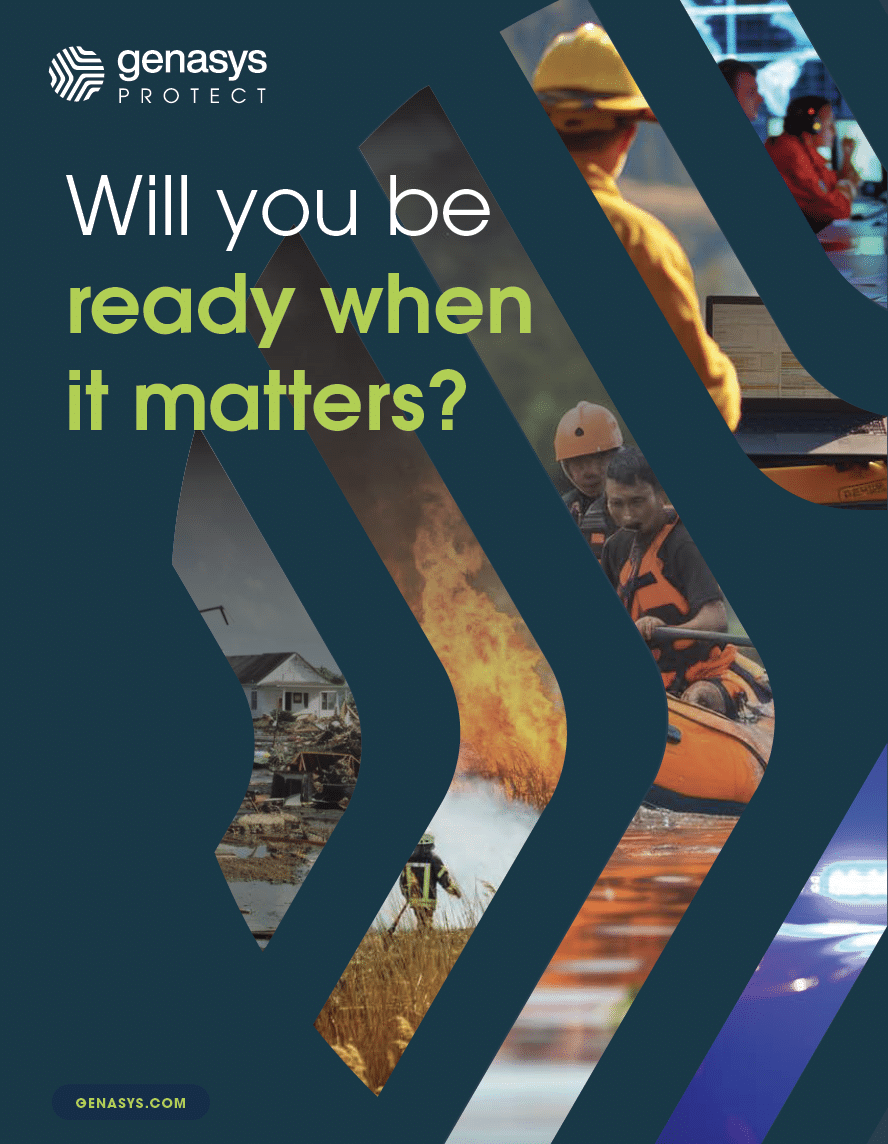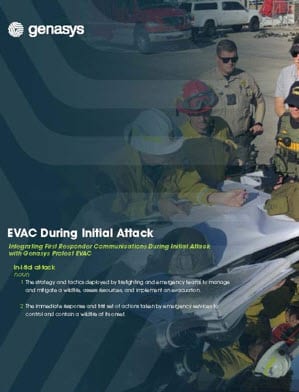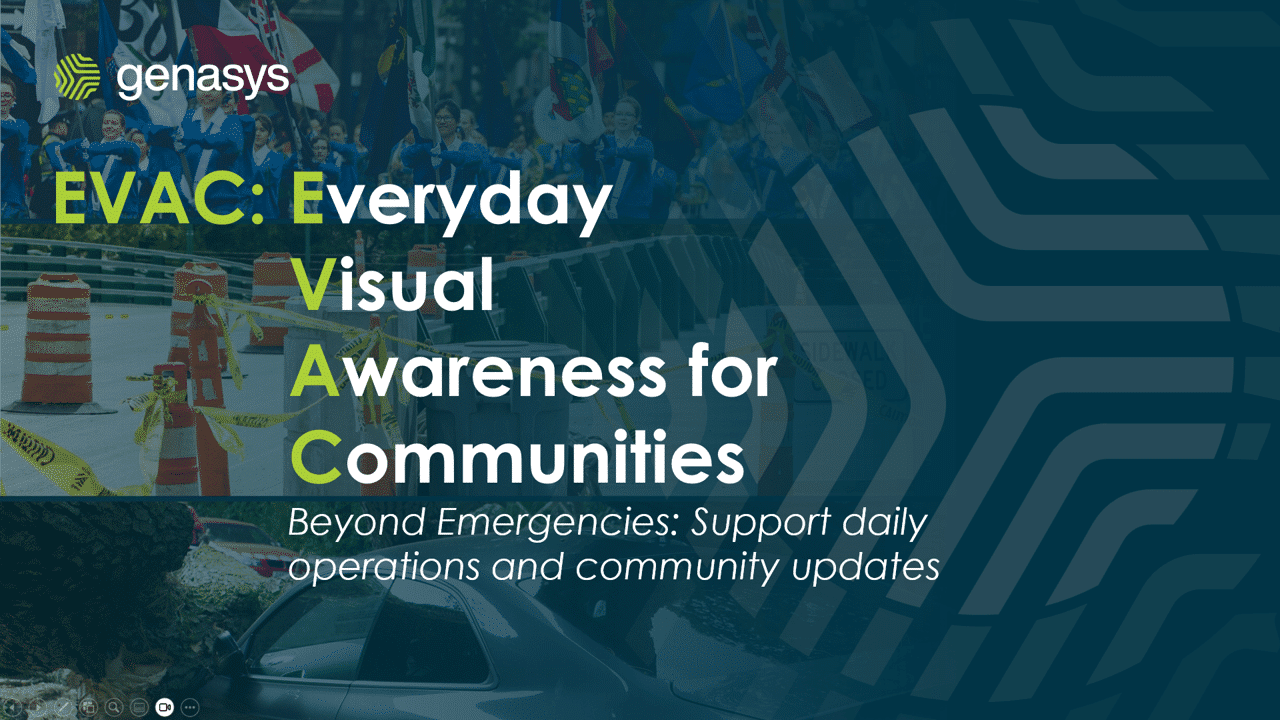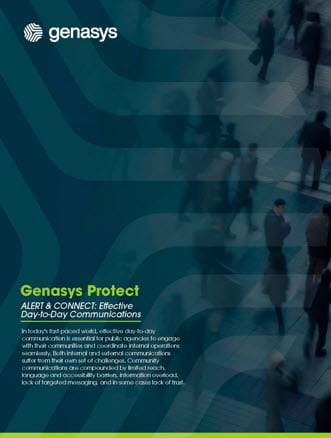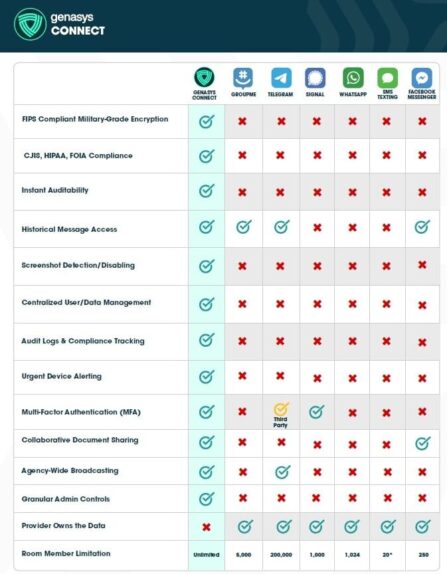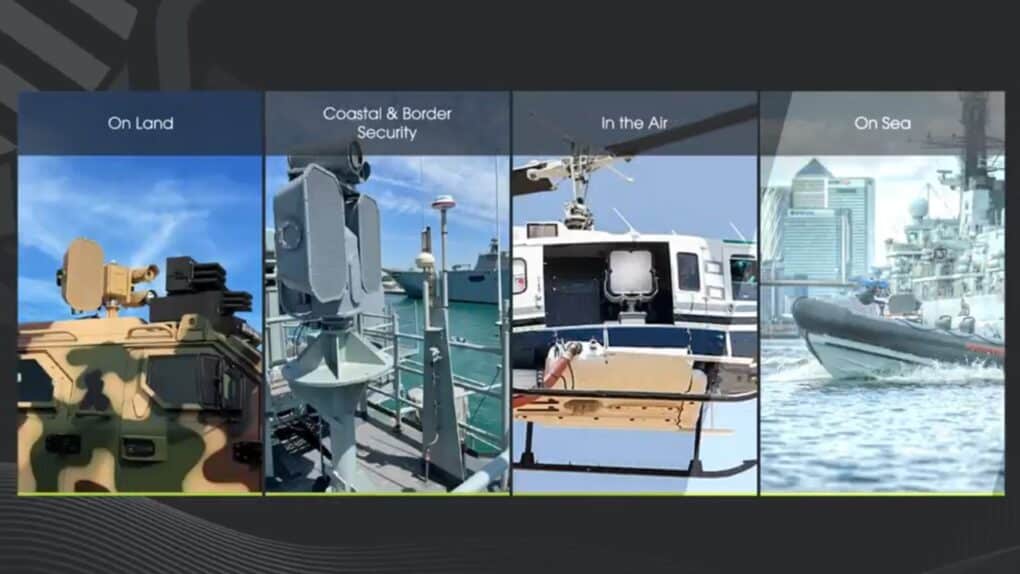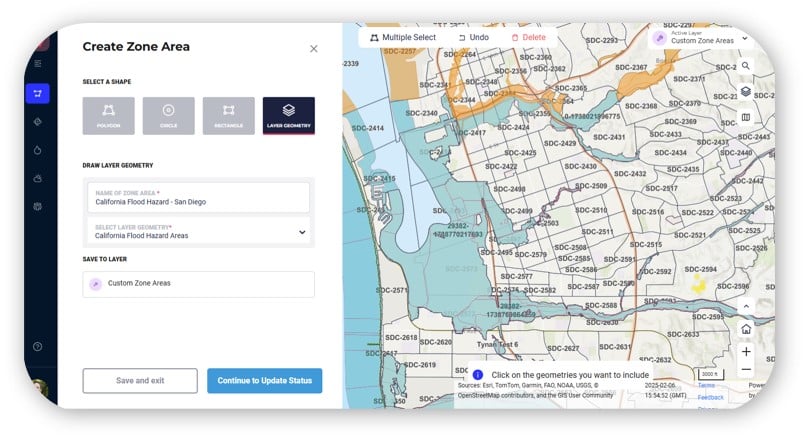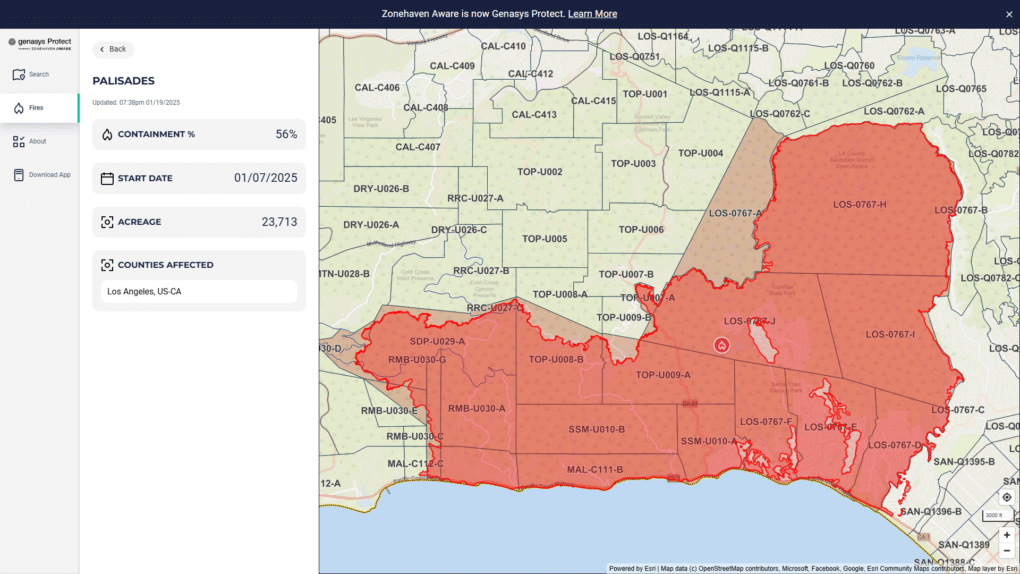By Adam Stewart, Head of Marketing at Genasys Inc.
Emergency communications systems are vital in ensuring swift and effective response during crises. Selecting the right software provider for your organization can be a challenge.
There are essential considerations in the software selection process, helping you make an informed decision. You want a company with a proven history and solid track record, but also one that is tech-forward and involved in finding new and creative ways to support emergency providers with effective tools to keep them informed about the growing obstacles they face in the future.
Understanding Current Issues in Emergency Communications
Emergency communication landscapes are complex and fraught with challenges that demand robust and reliable software solutions. The increasing dependence on technology for disaster response has highlighted the importance of selecting the right emergency communications software. Issues such as system downtime, interoperability, and user-friendly interfaces are often at the forefront of concerns for software buyers.
Our comprehensive software buyer’s guide assists stakeholders in navigating these complexities by highlighting critical factors and one crucial concern is the reliability, scalability, and support offered by the software provider.
Selecting emergency communications software isn’t just about finding a tool. It’s about finding a solution that is capable of adapting to evolving threats and technologies, plus one that’s offered by an organization that is reliable and will be around for the long haul. The selection process should, therefore, consider not only the software’s current capabilities but also the long-term viability and adaptability of the company.
Evaluating Vision and Strategy for Growth
When selecting a communications solution, understanding a software provider’s vision for growth and strategic direction is crucial. A provider with a clear, forward-thinking strategy ensures that your chosen solution evolves in line with technological advancements and expanding organizational needs.
Ask potential providers about their roadmap for future features and innovations. Are they planning to integrate next-generation technologies like AI to enhance analytical capabilities or improve communication channels?
Providers who leverage cutting-edge technology to offer more sophisticated, predictive analytics are the ones improving the speed and accuracy of emergency responses. This alignment between your operational needs and the provider’s developmental trajectory will maximize the software’s utility and longevity.
The Importance of Robust Partnerships in Technology
Partnerships in the technology landscape play a vital role in enhancing the functionality and security of emergency communications software. When selecting a communications solution, investigate whether the software provider has established partnerships with reputable tech firms. These collaborations are often indicative of a provider’s commitment to delivering state-of-the-art solutions.
Such partnerships can provide access to advanced technologies and innovations, ensuring that the software remains at the forefront of the emergency communications field. Providers who collaborate with other industry leaders can harness these relationships to offer more integrated, comprehensive solutions that address specific needs like secure data transmission, compliance, and interoperability between different communication systems.
In addition, partnerships can help your ability to grow and adapt by making buying decisions easier. With strong, integrated partnerships, you can often streamline upgrades, avoid costly, custom integrations, and more quickly take advantage of the technology and services you want.
Aligning Vision and Capabilities with Future Growth
Evaluating the provider’s roadmap is essential in the software review and selection process. A well-defined roadmap not only signals a provider’s commitment to innovation but also assures that future updates and enhancements will support your growing needs.
Inquire about the provider’s plans for scalability and integration with other technologies. How will the software adapt as your organization or community grows? Does the provider anticipate future challenges in emergency communications and plan appropriate solutions? A roadmap that aligns with your long-term goals will ensure that the emergency communications software grows with you, continually meeting your needs—and even anticipating future needs with solutions you hadn’t even considered.
Conclusion
Selecting the right emergency communications software requires a deep understanding of your current needs and a clear projection of future requirements. By focusing on these critical aspects—vision for growth, strategic partnerships, and a solid developmental roadmap—you can choose a software solution that not only addresses today’s challenges but also adapts to tomorrow’s opportunities.
Contact Genasys to learn more about our protective communications suite of solutions.


